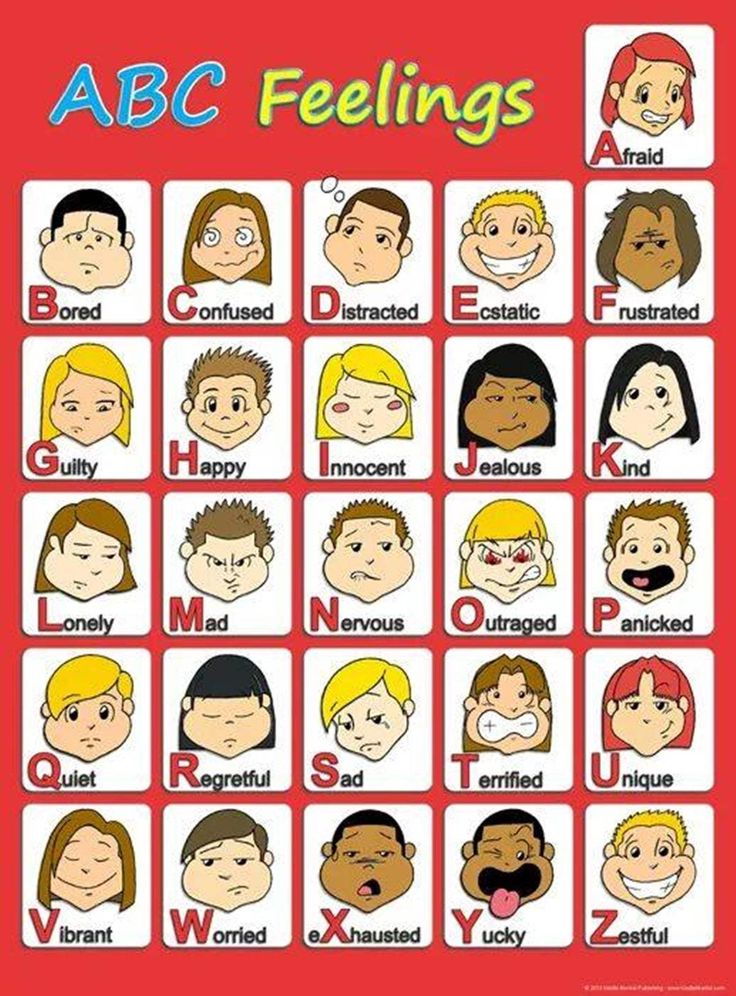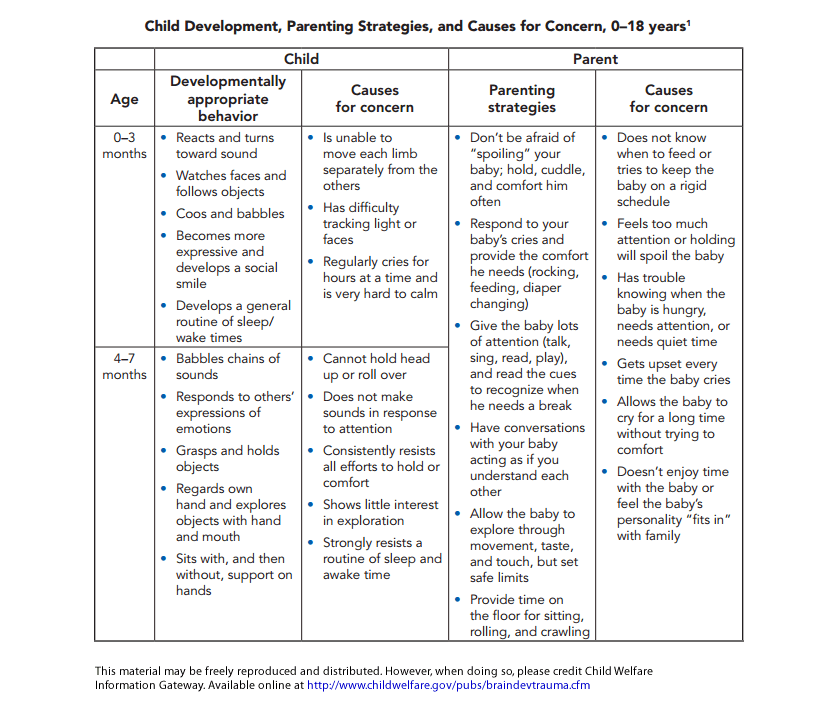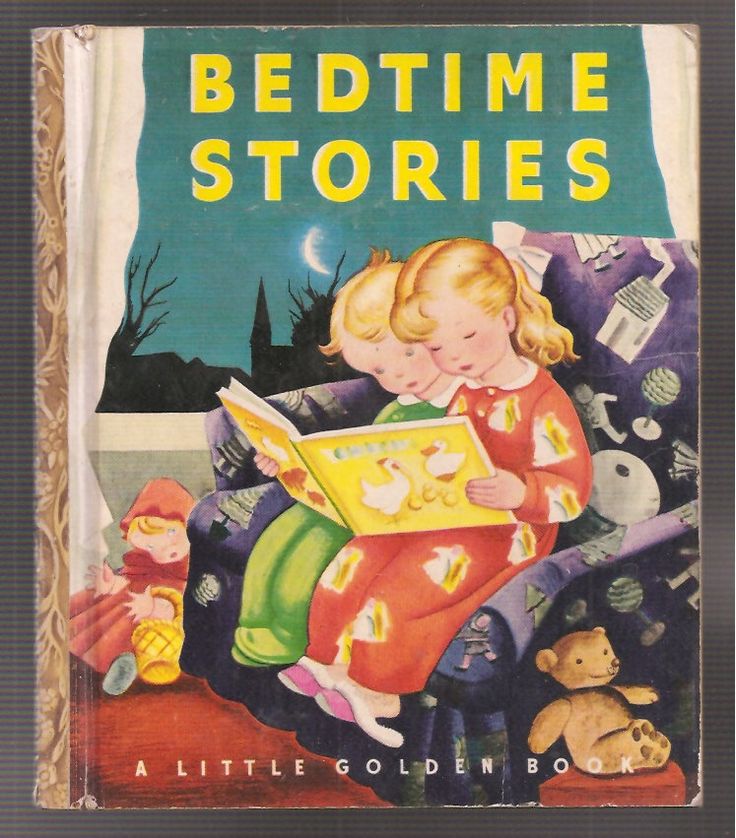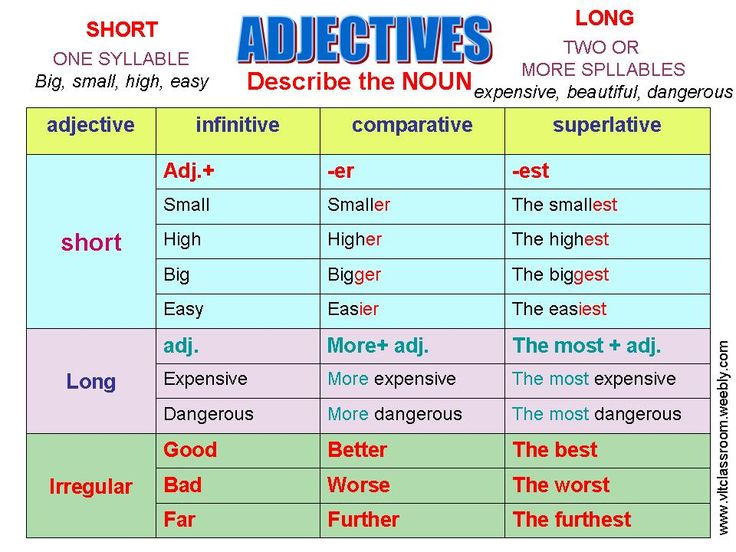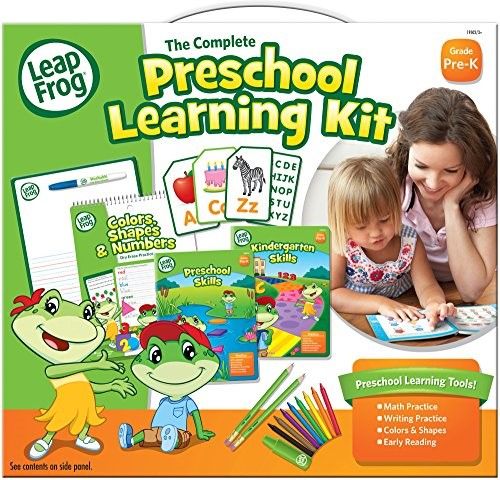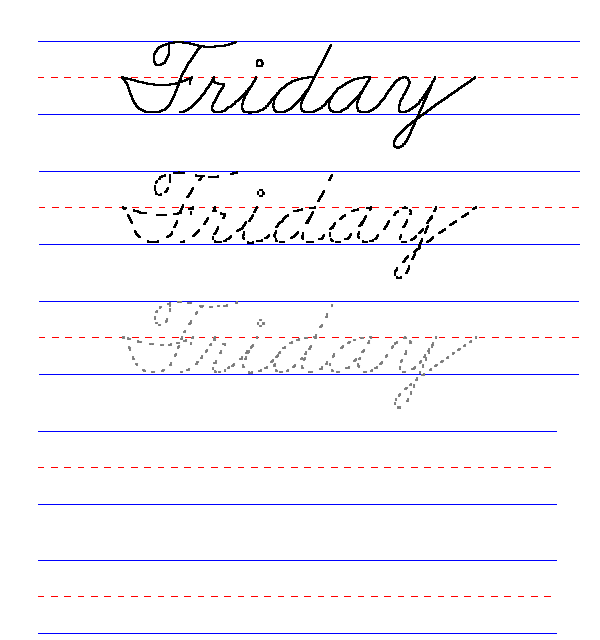Phonics activities for preschool
14 Phenomenal Phonics Activities for Preschoolers
It’s difficult to overstate how important reading and language are. These skills are the foundation for a lifetime of success, so it’s only natural if you’re seeking out ways to make sure the little ones in your care are on solid ground. One tried-and-true method for building literacy skills is through the use of phonics activities. In this article we’ll help explain what phonics are and share some excellent phonics activities we’ve found from preschool professionals.
What are phonics?
It’s pretty simple—phonics are just the relationships between letters and the sounds they make. For instance, the letter “p” sounds like /p/ and the letter combination of “tion” sounds /shun/. Though letter combinations like “tion” are more complex, preschoolers can get started learning to recognize simpler letter sounds.
Learning phonics will help young kids decode words to learn how they’re pronounced and what they mean. This will give them a leg up on writing and spelling. Normally learned between kindergarten and second grade, phonics activities are available for every age, including remarkably simple and amusing options for you and your child. We’ve gathered the best on the web just for you and your preschooler.
14 Fun phonics activities for preschoolers
1. Rainbow hop letter sounds game
This kinetic phonics game from Fun Learning for Kids transforms your living room into a life-sized board game. Simply use colored paper, one die and a marker to create a stepping-stone for every letter of the alphabet or however many you have room for. You can even include “ch” and “sh” pieces for more advanced learners. For the game, your child will roll the die, take the allotted number of hops and say and pronounce the letter that they land on. Perfect for playing with siblings or parents or friends, this active game will help your little one learn both letter sounds and counting.
2. Alphabet ball
Best played outside or in a gym, this super simple active game from Hands On As We Grow will keep your energetic preschooler moving, grooving and learning.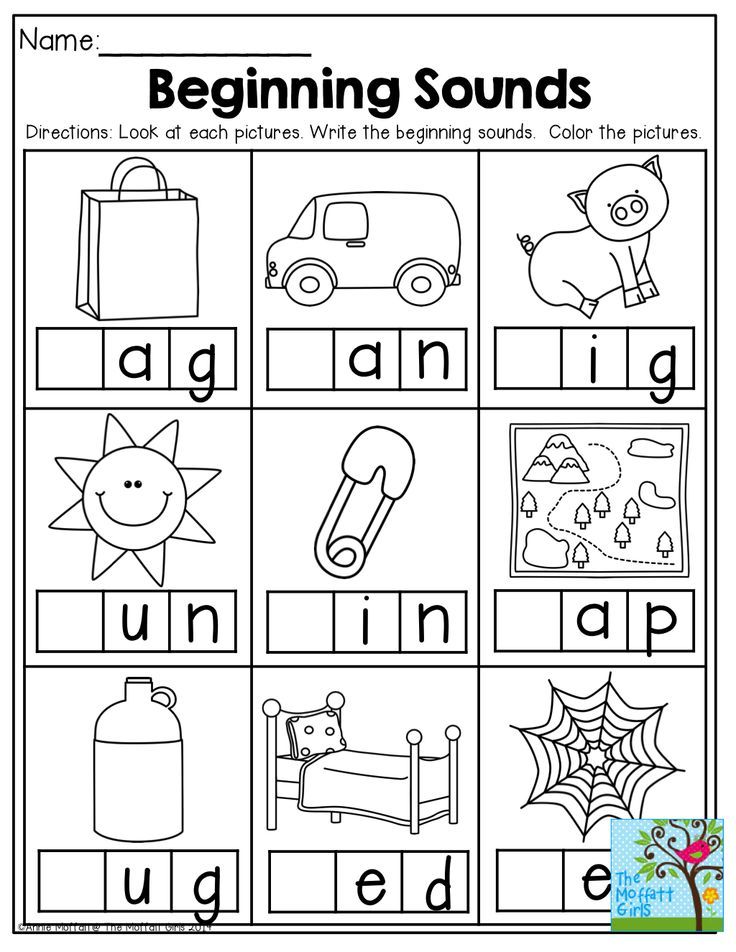 First, the adult calls out a letter and the child responds with a word that begins with that letter. Then, the adult throws the ball to the child and the child gives the adult a letter to find a word for, and on and on. You can make the game even more fun by kicking the ball or chasing each other to tag with the ball. You can also play rhyming ball, where the thrower provides a word for the catcher to rhyme with.
First, the adult calls out a letter and the child responds with a word that begins with that letter. Then, the adult throws the ball to the child and the child gives the adult a letter to find a word for, and on and on. You can make the game even more fun by kicking the ball or chasing each other to tag with the ball. You can also play rhyming ball, where the thrower provides a word for the catcher to rhyme with.
3. Alphabet phonics clip cards
You can download these free, fun and easily portable phonics clip cards from Kids Activities. Using clothespins or any other kind of nonpermanent marker, your child will mark which animal name starts with the letter “z,” “b” or “s” depending on the card. These colorful cards enable your child to work on word association and sounds while in the car, waiting at the doctor’s office or relaxing at home.
4. Letter sounds race
This Letter Sounds Race from Inspiration Laboratories is perfect for your little sprinter. Place letter magnet opposite any magnetic surface—magnet board, the fridge or easel.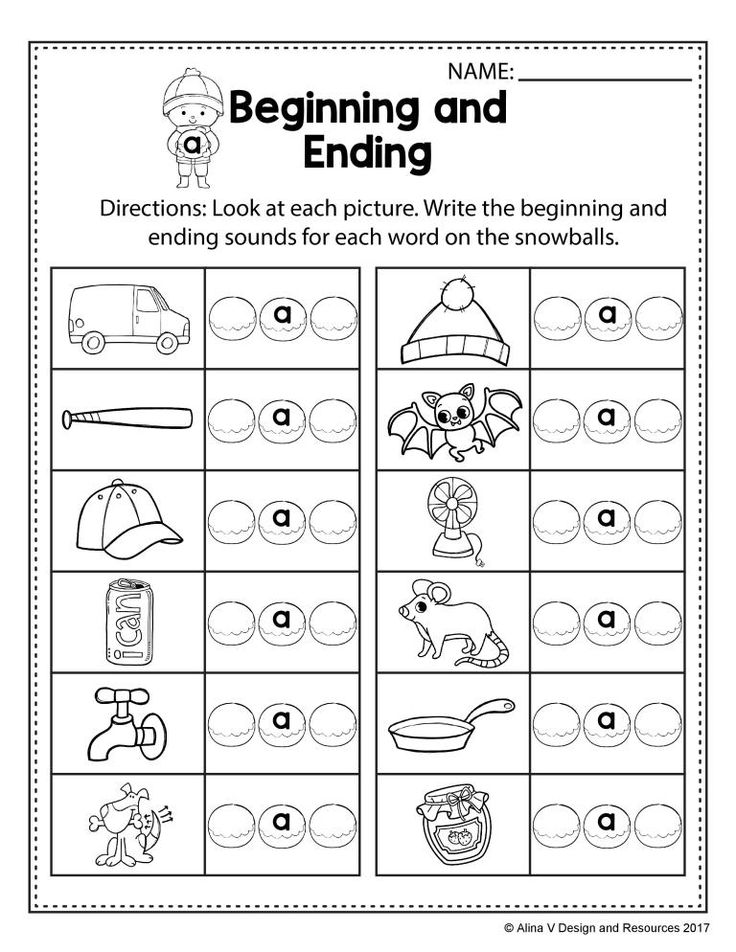 While your kiddo stands near the magnet board, pronounce a letter sound, have them run to the letter magnets, pick out the corresponding letter and place it on the magnet board. You can help your younger child learn new letter sounds by asking them to find and place the letter, pronounce the letter sound and ask them to repeat it.
While your kiddo stands near the magnet board, pronounce a letter sound, have them run to the letter magnets, pick out the corresponding letter and place it on the magnet board. You can help your younger child learn new letter sounds by asking them to find and place the letter, pronounce the letter sound and ask them to repeat it.
5. Phonic photo scavenger hunt
Get clicking with this bright idea from VeryWell Family. Have your preschooler create a photo album, either physical or digital, with a photo of an item for every letter sound: “a” for anthill to “z” for zoo. This is an easy way to keep the learning flowing while on vacation or on the go. This can be done again and again to learn new sounds like “ch” or “sh.”
6. Spin & rhyme
No Time For Flash Cards suggests a creative alternative to boring work sheets. Use a paper towel roll and clothes hanger to easily create rhyming words (e.g., cat, pat, mat, sat). This exercise also helps your little one learn how to break down words and identify word families.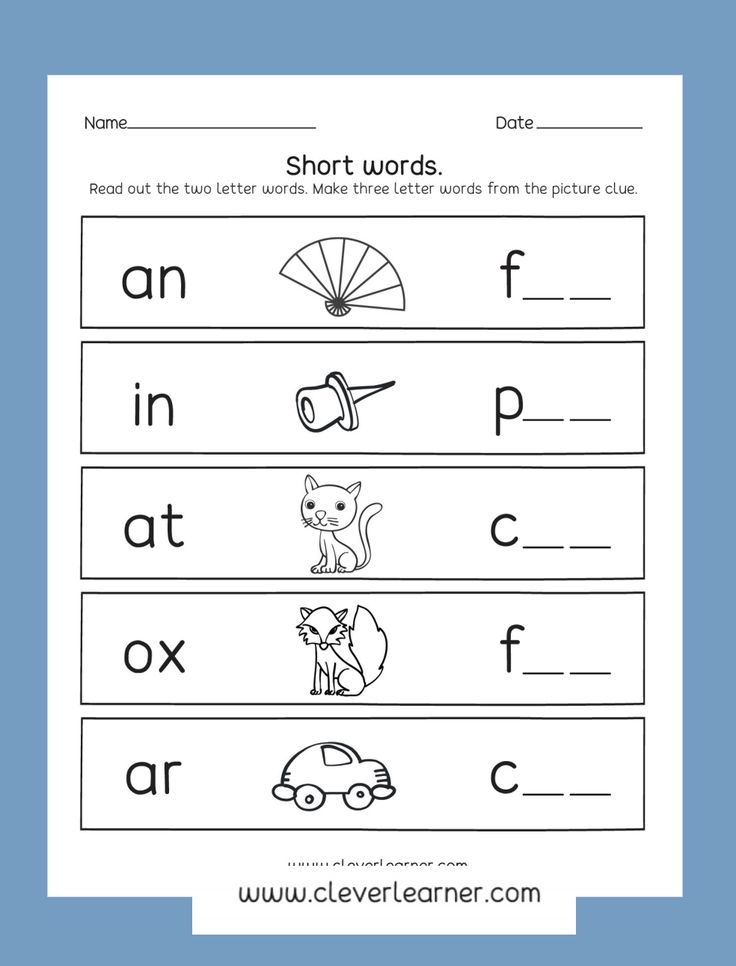 The simple setup is easy to transport and provides a kinetic twist to a basic phonics activity.
The simple setup is easy to transport and provides a kinetic twist to a basic phonics activity.
7. Erase the sound
Your little artist will love this simple and visually stimulating activity. Draw a picture on a whiteboard or chalkboard, name individual letters and have your child identify and erase items in the picture that start with that letter. PreKinders suggests drawing a snowman with a hat for “h,” buttons for “b” and carrot for “c.” If your child is old enough, you could also reverse the roles of artist and eraser, once they see how it’s done.
8. Mystery bag
In this tactile activity from PreKinders, you’ll place three objects within a bag—like a ball, bug and button for the letter “b”—have your child name each item, and guess the “mystery letter” that unites all of the objects. If you have more than one little one learning phonics, you can have them fill a bag for the others with objects around the house to have the others guess.
9. 4 in a row
The Measured Mom recommends this game for older preschoolers who can count to four and know most of their letters, but need a bit of review.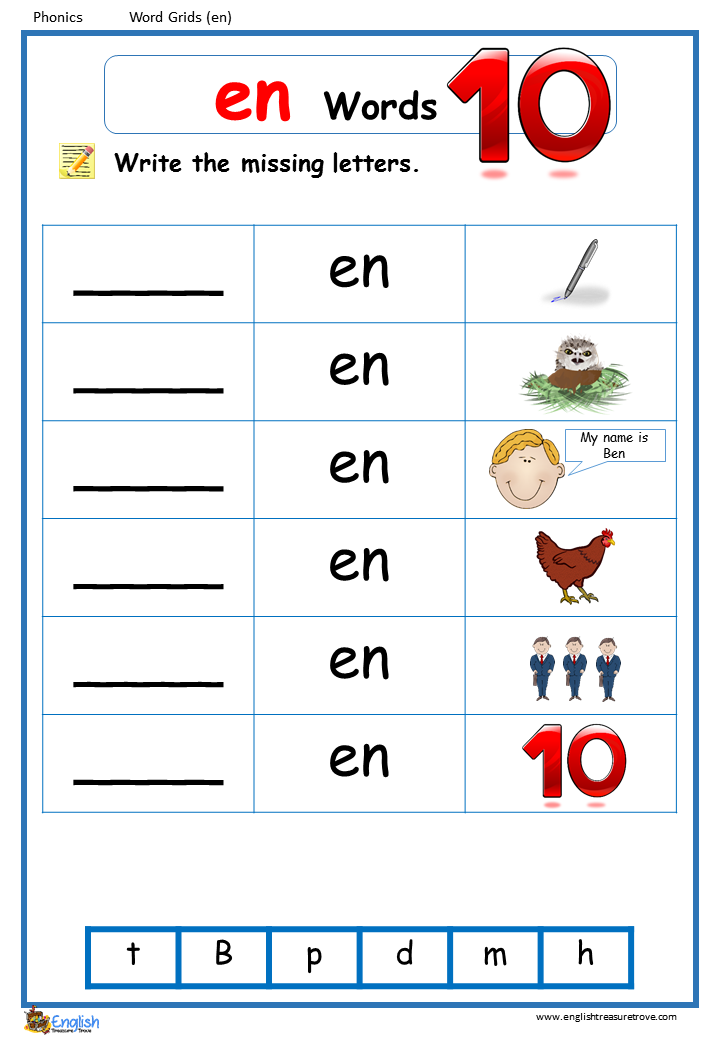 You can print this simple sheet from this website and take turns naming and pronouncing a letter. When you or your child names a letter correctly, you can color it in or cover it with a small object or game piece. The first to get four in a row wins!
You can print this simple sheet from this website and take turns naming and pronouncing a letter. When you or your child names a letter correctly, you can color it in or cover it with a small object or game piece. The first to get four in a row wins!
10. Kaboom alphabet
Using just jumbo craft sticks and a cup, each player will pull a stick out of the cup and say the sound of the letter written on the stick they draw. Then, they get to keep that stick. But “KABOOM” is written on one stick and every time it’s pulled, the unlucky player has to put all their sticks back in the cup. You can even set a timer as Fun Learning for Kids recommends for a fun speed-round version.
11. Say two words
This simple game from PreKinders requires zero materials and allows kiddos to stretch their legs and get some energy out. When you say two words that begin with the same sound, they should stand up as fast as they can, but stay seated if the words do not begin with the same sound. If playing with more children, you can create an elimination system, so that there’s one clear winner determined.
If playing with more children, you can create an elimination system, so that there’s one clear winner determined.
12. Monster names
This simple activity from PreKinders is fun anytime and takes absolutely zero setup. Have preschoolers replace the first letter of their name with the letter “M,” and add ‘mad’ to the beginning. For example, Ashely would become Mad Monster Mashlyn. The kiddos can then stomp around, growl and play monsters with each other. This simple approach for reinforcing phonetic sounds can obviously be expanded and modified for further practice (e.g., Cool Cat Cashlyn, Funny Fish Fashlyn, etc.).
13. Smack the letter
Fun Learning for Kids recommends this flexible and fun game. Preschoolers will love getting to use a flyswatter to hit the letters you write on sticky notes and pronounce for them to identify. You can pick the letter sounds they most need to work on. If playing with a peer, this game can become a race. Two to three children can play for points to see who can reach 10 first.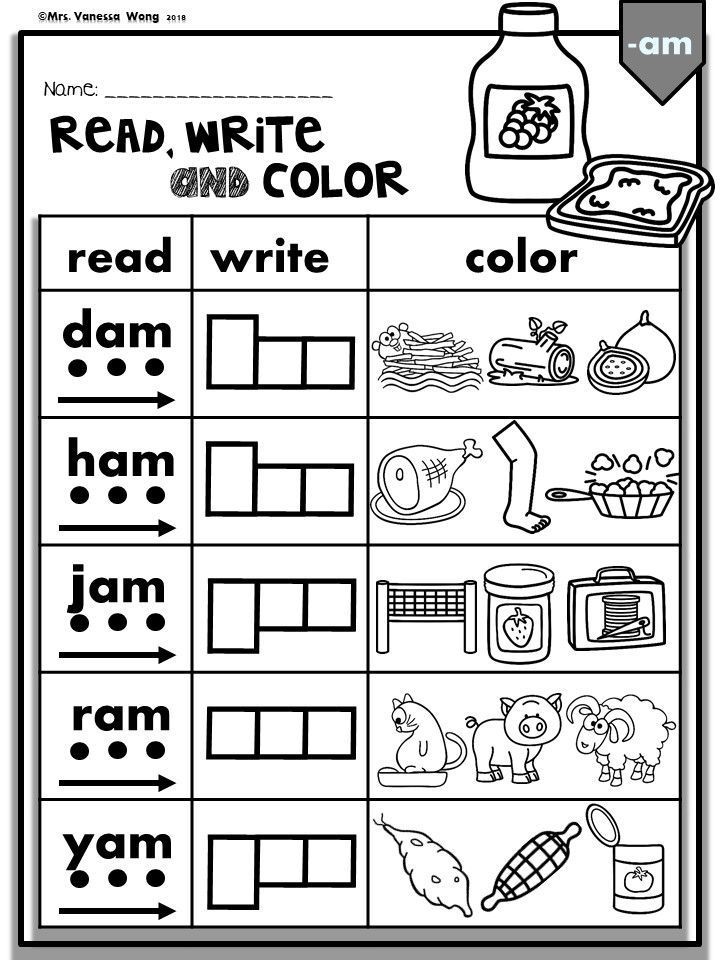 It can also be played tournament-style, if you’re working with a larger group.
It can also be played tournament-style, if you’re working with a larger group.
14. Phonics I-Spy discovery bottle
Imagination Tree offers this fun boredom buster. Fill a large juice bottle with a variety of small items that start with various letters, using rice or sand as a filler for the remaining space. To play, use an alphabet deck or phonics clip cards to pick a letter and have your child shake the bottle and hunt for the item with the corresponding beginning letter.
Make phonics fun!
If these ideas excite you, it probably isn’t because you only love phonics. It’s more likely you love helping little ones develop their minds too. If making a career out of that love sounds like a bright idea, learn about just how important early childhood education is and how you could play a role in it.
26 Fun Phonics Activities and Games for Early Readers
Phonics is one of the five essential components of the science of reading, along with phonemic awareness, fluency, vocabulary, and reading comprehension.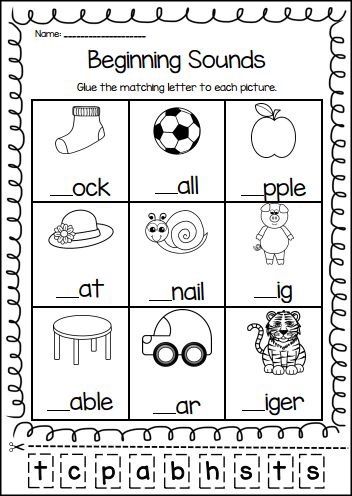 Phonics activities help young learners break words into their constituent sounds so they build their literacy skills, bit by bit. Here are some of our favorite ways to teach these key skills.
Phonics activities help young learners break words into their constituent sounds so they build their literacy skills, bit by bit. Here are some of our favorite ways to teach these key skills.
1. Sing a phonics song
Singing songs is such a fun and effective way to learn! Kids will love these phonics song videos and might not even realize they’re learning along the way.
2. Color in the beginning sounds
Most kids start learning phonics by mastering the beginning sounds of words. Have kids color in the words that start with the matching sound on these cute and free worksheets.
Learn more: The Measured Mom—Beginning Sounds Coloring Pages
3. Play a digital game
Looking for a gamified phonics activity? Try Duolingo ABC. It’s actually a comprehensive phonics curriculum for grades pre-K to 2, based on recommendations from the National Reading Panel, but it feels like a game. Just download the free app, and your students can learn letter sounds and decoding with fun, bite-size lessons.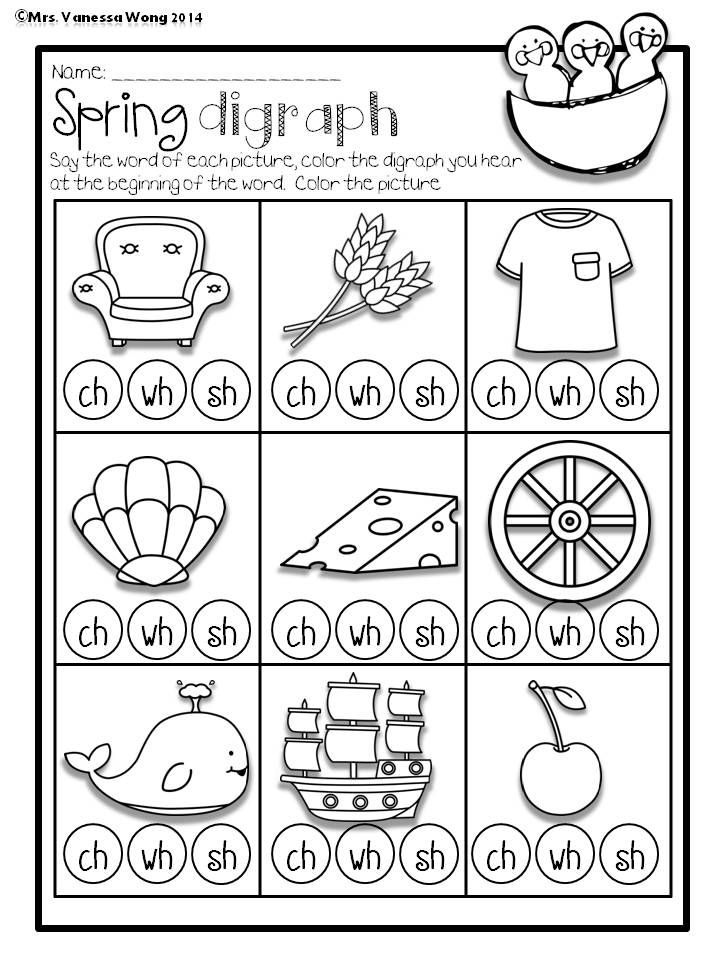
Learn more: Duolingo ABC (free app)
4. Use Google Slides
Google Slides has tons of fun phonics activities kids can use in the classroom or at home. Find a big roundup of our favorites here.
5. Hang some anchor charts
When it comes to phonics, there’s a lot to learn. Post anchor charts around the room to help kids remember important rules like silent E, vowel blends, and hard and soft C and G. Find all our favorite phonics anchor charts here.
6. Build words with a chart of beginning sounds
Grab this free printable chart and print out copies for your students to use with their phonics activities. There’s a version for rimes too.
Learn more: This Reading Mama—Beginning Sounds Chart
7. Learn digraphs with clip wheels
Combine fine motor skills practice with phonics work with these free beginning digraph wheels. Tip: Add small dots on the back to mark the right answers so kids can self-correct their work.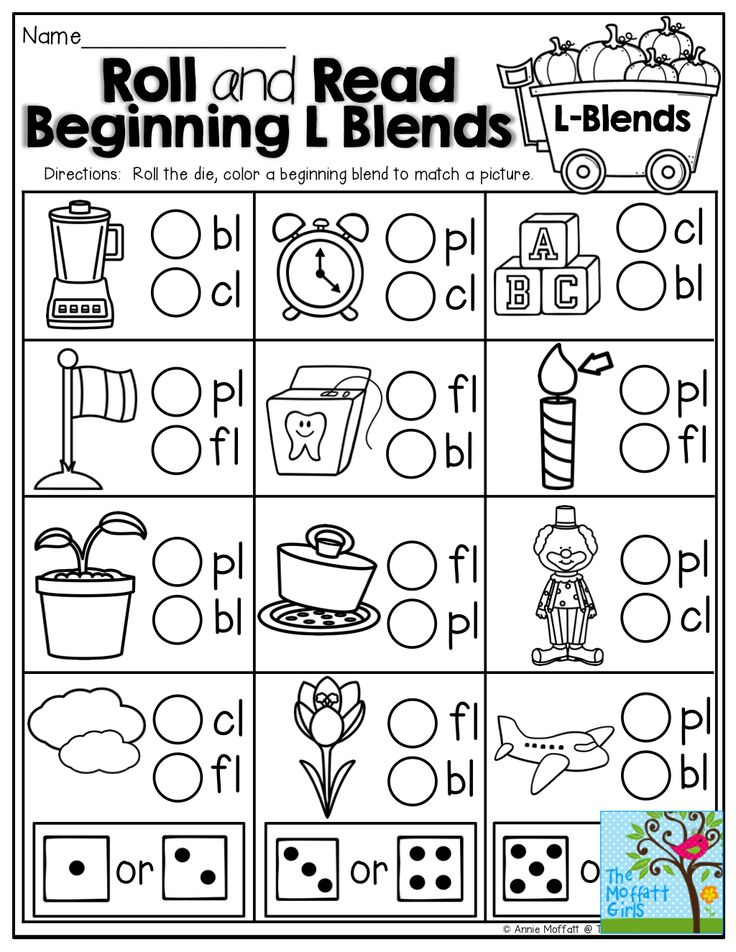
Learn more: Playdough to Plato
8. Slap the letter sounds
Sounding out words letter by letter is a lot more fun when you slap each letter with a flyswatter! This is a great idea for active learners.
Learn more: Frugal Fun 4 Boys
9. Walk the word
This one will also keep active learners moving and happy! Write words in sidewalk chalk, then walk (or hop or skip) along them, sounding the word out along the way. Simple but fun!
Learn more: Coffee Cups and Crayons
10. Fill in the missing letters
This active game combines a scavenger hunt with phonics! Hide sticky notes around the room with various vowels. Then, write CVC words with the vowels missing. Have kids hunt for the missing sounds and fill them in. Fun!
Learn more: Busy Toddler
11. Just swap one letter
As students move from box to box, they change one letter to make the new word represented by the picture. They might need to change the first, middle, or last letter, so it’s a real challenge!
Learn more: This Reading Mama—Just Swap One
12.
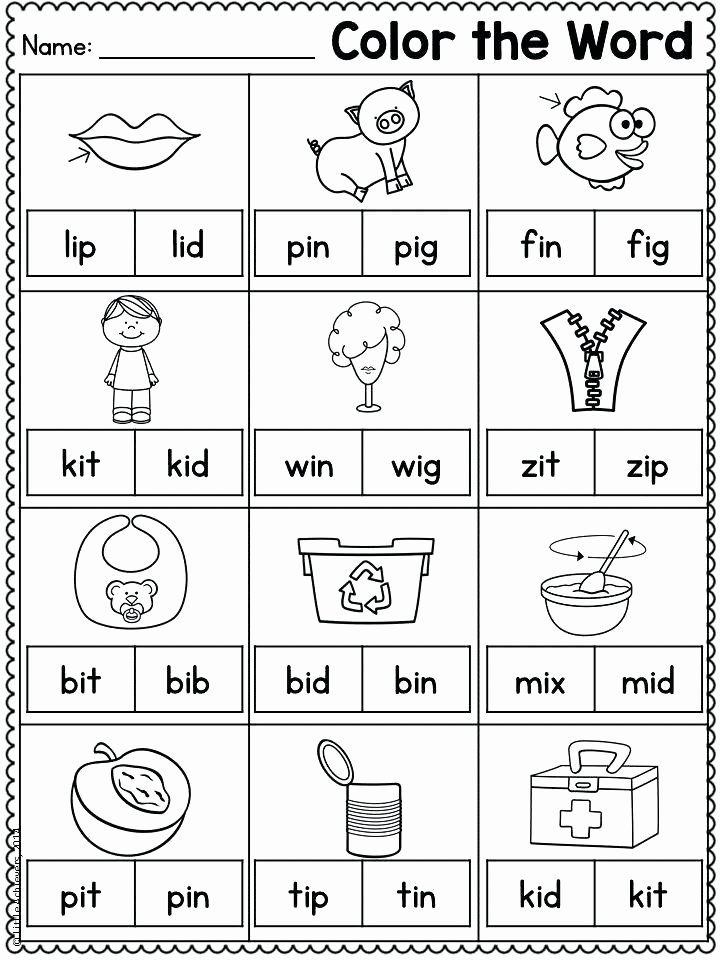 Make magic spoons
Make magic spoonsPick up a pack of plastic spoons at the dollar store, then use them to practice building words by combining beginning sounds with word endings.
Learn more: Education to the Core
13. Toss and blend with plastic cups
Grab a stack of plastic cups and some Ping-Pong balls for this fun phonics game! Label the cups with different letter blends and set them out (tape them down if they tend to fall over). Kids toss a ball into a cup, then come up with a word that uses that letter blend to earn a point.
Learn more: Education.com
14. Flip the pages
Divide the pages of a small notebook into thirds, then write letters on each page. Flip them to form new words.
Learn more: Tickled Pink in Primary
15. Mix and match cups to make words
If you’ve still got some cups left over, label them with more letters or letter blends, then use them to mix and match words. This is an especially fun way to work on CVC and sight words.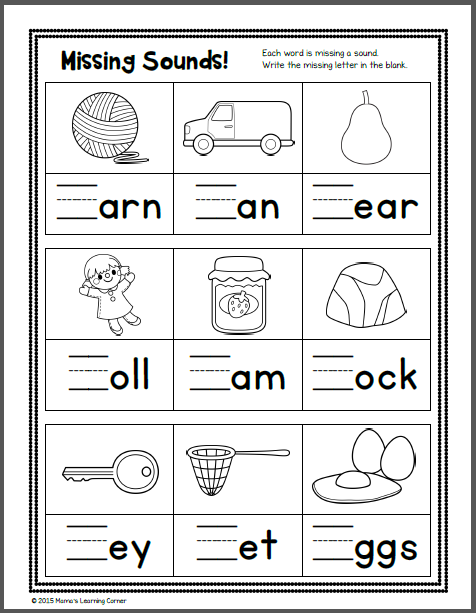
Learn more: Inspired Elementary
16. Hack pool noodles into phonics tools
This has got to be one of our favorite phonics activities. Cut a pool noodle into pieces and label it with letters. Then stack and spin for learning fun!
Learn more: Pool Noodle Phonics
17. Make some phonics cubes
Slide the free printable inserts into a set of photo cubes, then roll until you get the correct combination of letter and word ending.
Learn more: This Reading Mama—Phonics Cubes
18. Use paint stirrers to make word pull-outs
These clever phonics tools are easy to make using paint stirrer sticks and paper towel tubes. Simply slide the stick in and out to make new words!
Learn more: I Can Teach My Child
19. Play a flip-top phonics game
If you go through packages of wipes like most parents do, you’ll appreciate this idea. Save the flip tops and use them for DIY phonics activities.
Learn more: No Time for Flash Cards
20.
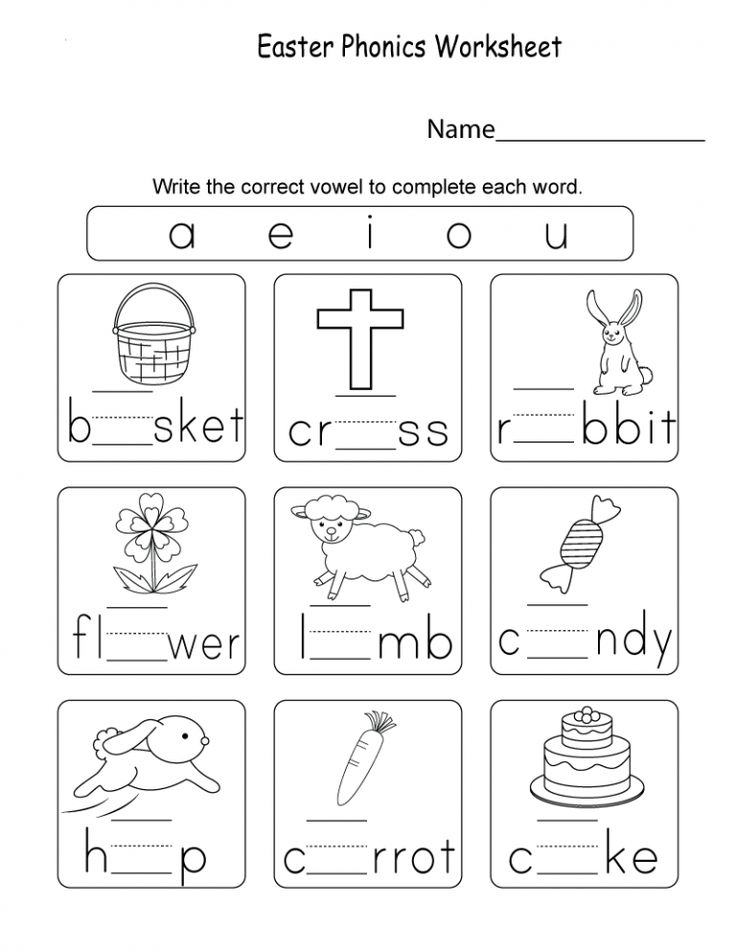 Use a pocket chart for phonics activities
Use a pocket chart for phonics activitiesHere’s another reason teachers love pocket charts: They’re great for phonics centers. Sort and match cards to practice beginning sounds, blends, short and long vowels, and so much more.
Learn more: Miss Giraffe’s Class
21. Compete at Blends and Digraphs Bingo
Every kid loves a good game of bingo! Snag these free printable bingo cards and use them to practice blends and digraphs.
Learn more: The Measured Mom—Blends and Digraphs Bingo
22. Toss some phonics water balloons
This one almost seems too fun to count as learning! Tape up beginning sounds, then toss water balloons to complete the words.
Learn more: Mess for Less
23. Race to the Top with blends and digraphs
Play this free printable game to practice consonant blends. Toss a chip onto the board and say that word out loud. Then move the counter for the correct blend up one space. First to the top wins!
Learn more: This Reading Mama—Blends and Digraphs Games
24.
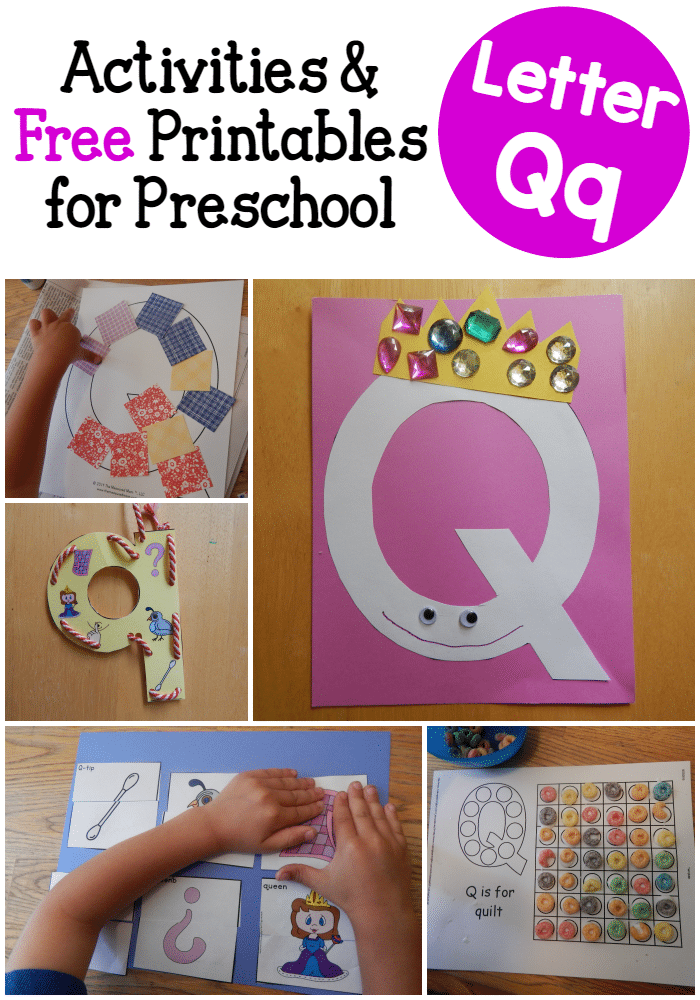 Try locks and keys to learn phonics
Try locks and keys to learn phonicsThis self-correcting phonics activity is also a good way to practice fine motor skills … and a lot of fun to boot! Label keys with beginning sounds and locks with word endings, then match them up and try the key to see if you’re right.
Learn more: Unlock and Learn Games
25. Play Phonogram Connect Four
Draw a word card and find an open phonogram slot on the board. Your goal is to get four in a row!
Learn more: Mrs. T’s First Grade Class
26. Teach them the Soft C & G Chant
Simple little chants like this will help kids remember some of those confusing language rules. Pair it with other favorites like “I before E, except after C.”
Learn more: This Reading Mama—Soft C and G
Looking for more phonics activities? Learn What Makes a Good Decodable Text here.
Get all the latest teaching tips and ideas straight to your inbox when you sign up for our free newsletters!
Phonetic games and exercises
Native speech
Phonetic games and exercises
WHO WHAT WILL YOU HEAR?
Didactic task: give perception of the sounds of the environment.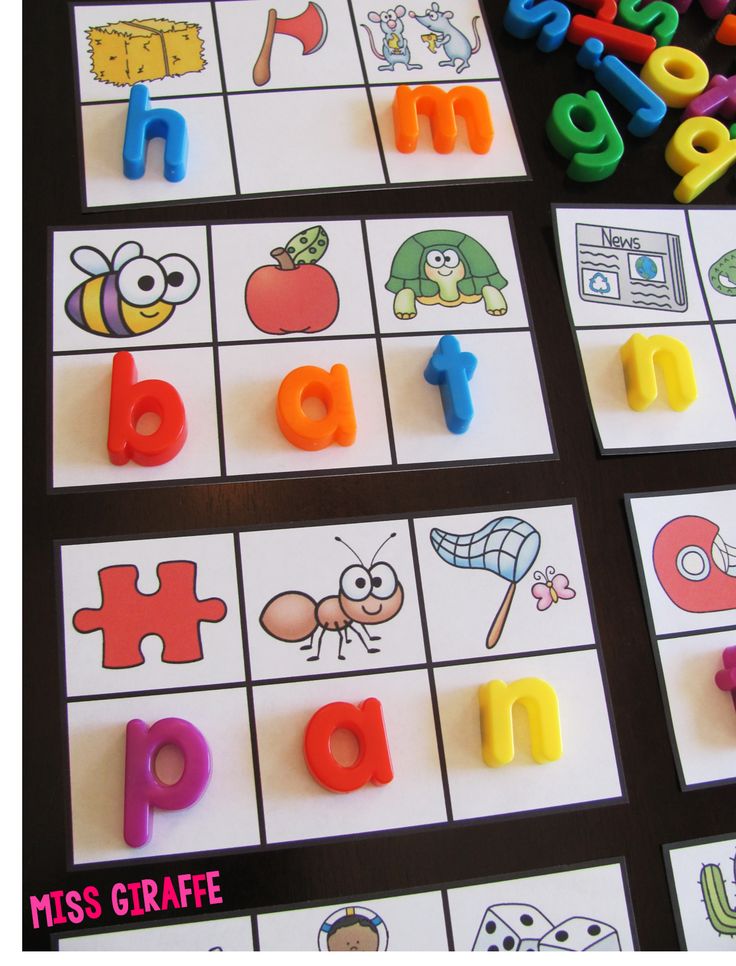
Equipment : screen, bell, drum, glass, saucepan, wooden spoon or any other object made of wood, teaspoon.
Contents : Teacher or one of the children behind screen, standing on the table, rings a bell, knocks with a spoon on glass, metal or wood object, drums, etc. Children say what they hear (“ringing”, “knocking”, “thunder”), and by the sound they determine subject.
DISCOVER BY VOICE
Didactic task: develop children have phonemic awareness.
Equipment : bandage (scarf).
Contents : Children, holding hands, form a circle. The driver is blindfolded. Participants walk in a circle and say: “You guess the riddle, who called you - find out, ”after which one of the children calls the driver by name. If he guesses, he becomes in a circle, and the one who called takes his place.
GUESS WHAT I SAID
Didactic task: show, that words differ in sounds; to exercise children in distinguishing similar-sounding words.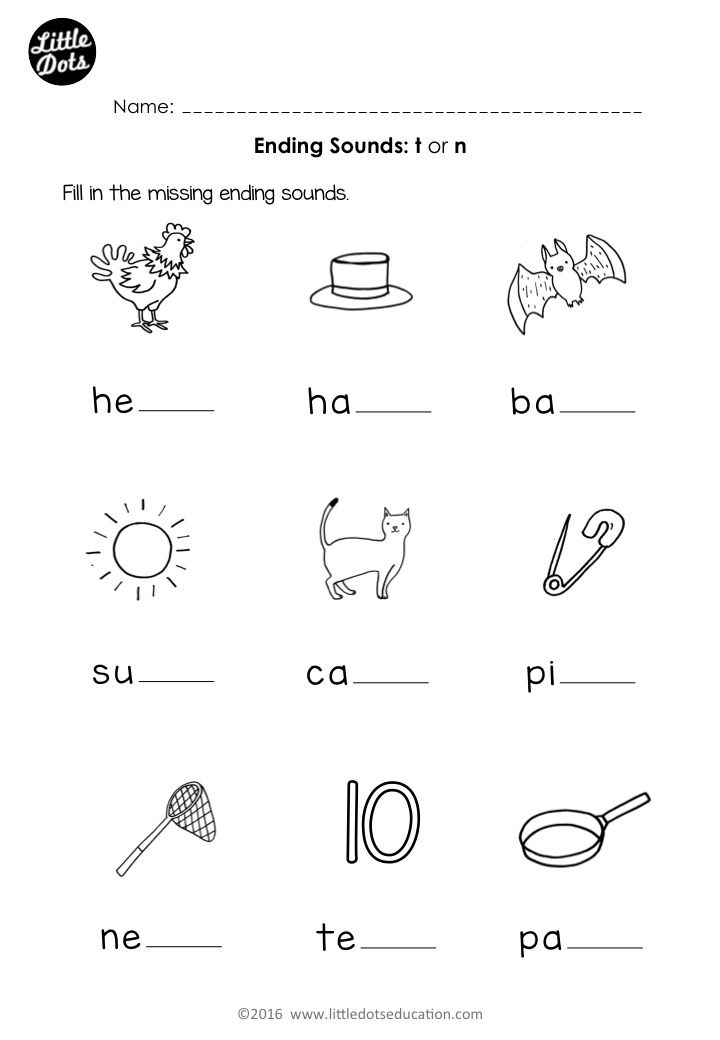
Equipment : tokens for awards.
Contents : The teacher says the words softly in pairs, and the called child must repeat them, naming the sounds with which the words differ. For example, a cat is a spoon, a butterfly is a grandmother, a hat is a paw, a house is volume, etc. A token is given for a correct answer. Subsequently, the words may pronounce children.
TRAIN
Didactic task: exercise children in the correct articulation of hissing and whistling consonants.
Contents : Used as a start rhyme that the teacher says:
Steam locomotive shouts:
"Doo-doo,
I I go, I go, I go."
A wheels knock,
A wheels say:
"So – so - so,
so - well well!"
Children are built in the back of the head to each other, take hold of the elbows and imitate the movement of the train. Then the teacher asks, and the children answer: “How is the train going? (h-h-h).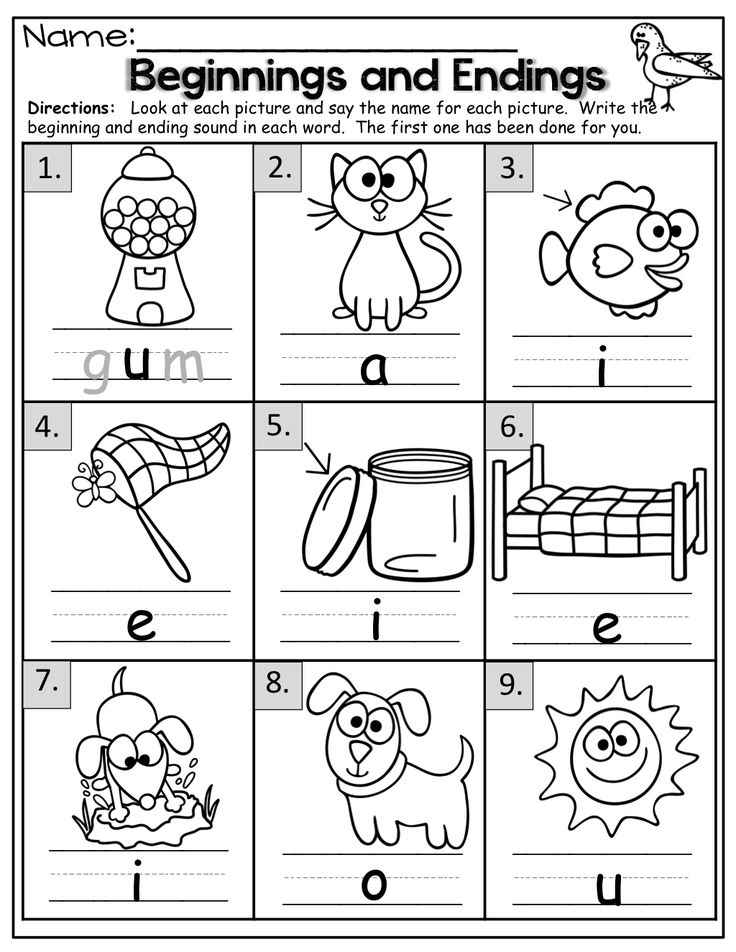 How buzzing train? (Woo) How does he let off steam? (Shhhh)".
How buzzing train? (Woo) How does he let off steam? (Shhhh)".
Game can be done on break.
WORDS
Didactic task: pin the ability to distinguish individual sounds in words and determine the location of sounds; replenish the children's active vocabulary.
Equipment: pennant for awards, flags.
Contents. Drawn on the board three ladders. The teacher asks the children to name words with a certain sound. The child is called from the first row. If he answers correctly, put or a flag is drawn on the step of the ladder. Then the child is called from the second row, from the third. That row, the ladder of which will be passed to the top faster, receives a pennant.
Variant 1. The first row is invited to come up with words with the named sound at the beginning, the second - in the middle, the third - at the end of the word.
Variant 2. The task is given a thematic focus. Children are invited prepare a dinner, all dishes of which will begin with the sound to ; go to the store and buy products whose names begin with the sounds with , m . Variants of the game may be different.
Children are invited prepare a dinner, all dishes of which will begin with the sound to ; go to the store and buy products whose names begin with the sounds with , m . Variants of the game may be different.
KTO ATTENTION?
Didactic task: develop phonemic hearing of children; to form the ability to hear in words a certain sound.
Equipment: tokens.
Contents. Children, listening teacher's short story (or patter, nursery rhyme), count and call words that begin with a certain sound. Whoever names the most wins words.
Option. Alternatively, children can be asked to count how many times the most frequently used sound occurs in different positions, and not just in the beginning of a word.
ROLL CALL
Didactic task: teach children speak clearly, clearly; to consolidate the ability to isolate and pronounce the first word sound.
Contents. The teacher calls various sounds mixed up, children whose last names begin with these sounds, stand up and say their name. Children left to sit, i.e. not heard "their sound", lose. (Sounds can be named in alphabetical order.)
Variant. The teacher is not names sounds and shows letters.
WHAT SOUND
Didactic task: develop ability to distinguish between vowels and consonants; fix speech sounds with icons.
Equipment: cards with schematic representation of vowels and consonants.
Contents. The teacher calls mixed vowels and consonants, and the children show the corresponding cards. When repeating the game, you can listen to the sounds with your eyes closed.
DID YOU HEARD A SOUND?
Didactic task: develop phonemic hearing of children; to form the ability to distinguish between sound and direct syllable.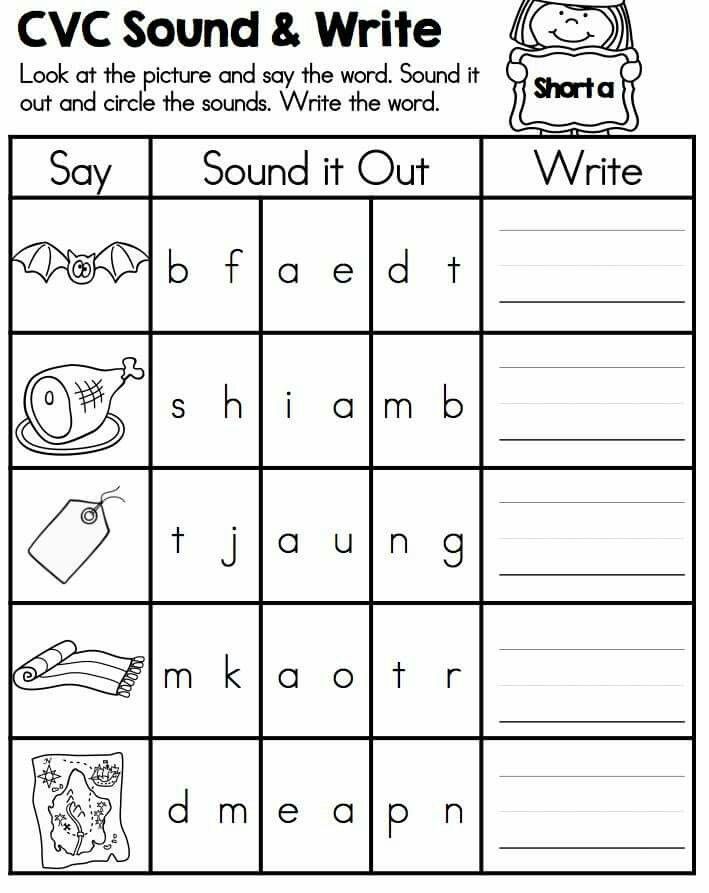
Contents. teacher pronounces mixed vowels and consonants and direct syllables, for example: a, l, r, pa, d, su, for , etc. Having heard one sound, the children put on elbow one arm; having heard a direct syllable, two hands are clasped in a handshake.
SOLID OR SOFT?
Didactic task: teach distinguish between hard and soft consonants.
Equipment: chips blue and black color.
Contents. The teacher calls in pairs or mixed hard and soft consonants. children raise the corresponding chip: for a hard consonant sound - black, for a soft consonant - blue. The winner is the one who has never made a mistake.
YOUR SOUND
Didactic task: teach name paired hard and soft consonants.
Equipment: ball.
Contents. Children get into a circle. The teacher alternately throws the ball to the children, naming a solid consonant sound.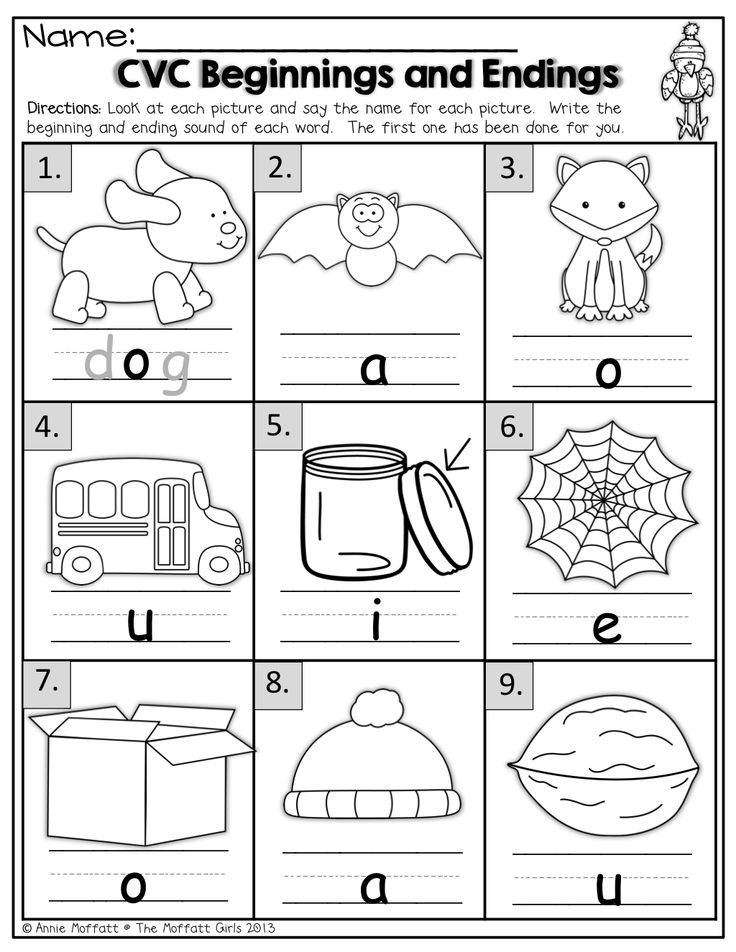 The child throws the ball to the teacher, naming a paired soft consonant sound: n', m', k', p', p' , etc. Whoever made a mistake takes a step back.
The child throws the ball to the teacher, naming a paired soft consonant sound: n', m', k', p', p' , etc. Whoever made a mistake takes a step back.
CHOOSE TOY
Didactic task: pin correct placement of stress in a word.
Equipment: set of various toys (or pictures).
Contents. On request teachers children look for toys or pictures in the name of which the accent falls on the first (second, third) syllable, accompanying their actions with a distinct pronunciation. For example: kuukla, bear, teapot; balls, watch, bucket , etc. Whoever is not mistaken puts the toy on his desk. On whose row of toys more, that row won.
THREE PIG
Didactic task: digest word formation skills - by replacing sounds.
Equipment: subject pictures depicting three little pigs, an illustration from the book for the fairy tale "The Three Little Pigs".
Contents . Children determine which sounds the names of the piglets differ: Nif and Naf, Naf and Nuf. Next come up with words differing only in one sound, for example: house - smoke, bow - varnish, juice - bitch, poppy - cancer, , etc. Wins the row that allowed fewer mistakes.
GUESS
Didactic task: reinforce the idea of the sound structure of words.
Equipment : schemes of words and syllables.
Contents . The teacher calls out direct syllables and words of two, and then of three sounds, for example: la, he, mustache, you, ry, house , etc. Children for each syllable or word raise a card with corresponding schema. Who made a mistake, gets up.
ADD SYLLOG
Didactic task : form a mechanism for dividing words into syllables.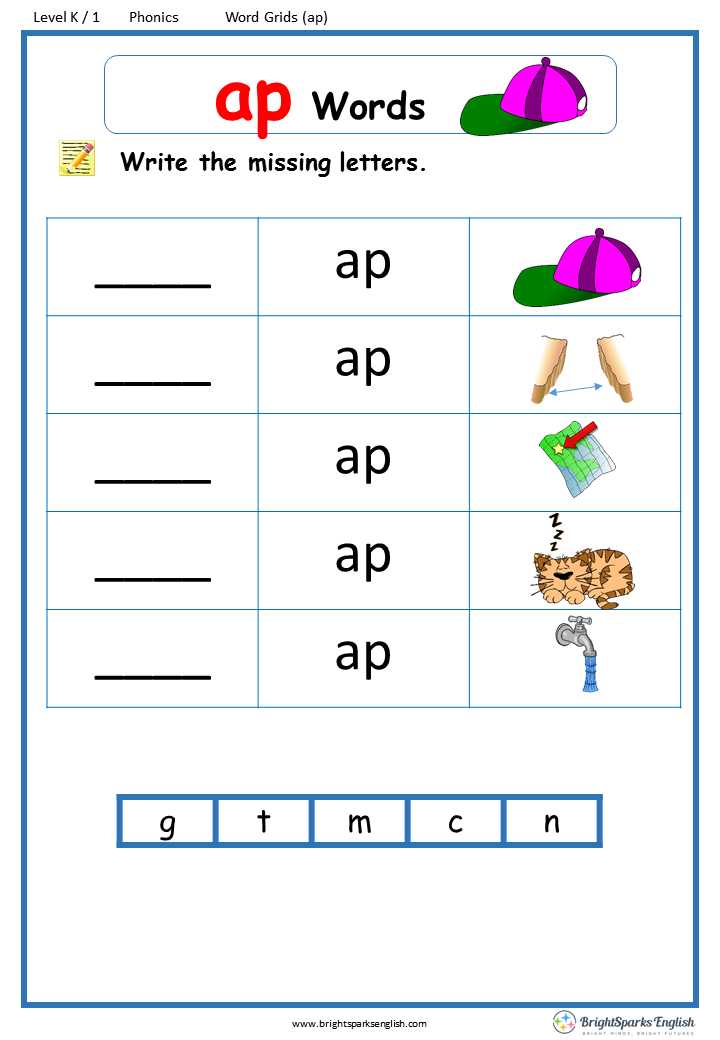
Equipment : ball, forfeits, cards,
Contents . Children stand in a circle, teacher calls the syllable and throws the ball to one of the children. The child must catch the ball and complete the word by adding one or more syllables and throw the ball to the teacher. Who made a mistake or held the ball, the fant pays.
Variant 1. Children make up a word by adding syllables to the syllable suggested by the teacher on the card, for example: Zi...na, zi...ma. The composed words are printed. Simultaneously The children practice writing capital letters in people's names.
Variant 2. Children play in pairs: one child names a syllable, the other makes words with this syllable.
Note . The right to start the game is granted children in turn. The winner is the one who came up with more words with this syllable.
TELEGRAPH
Didactic task : develop the ability to divide words into syllables.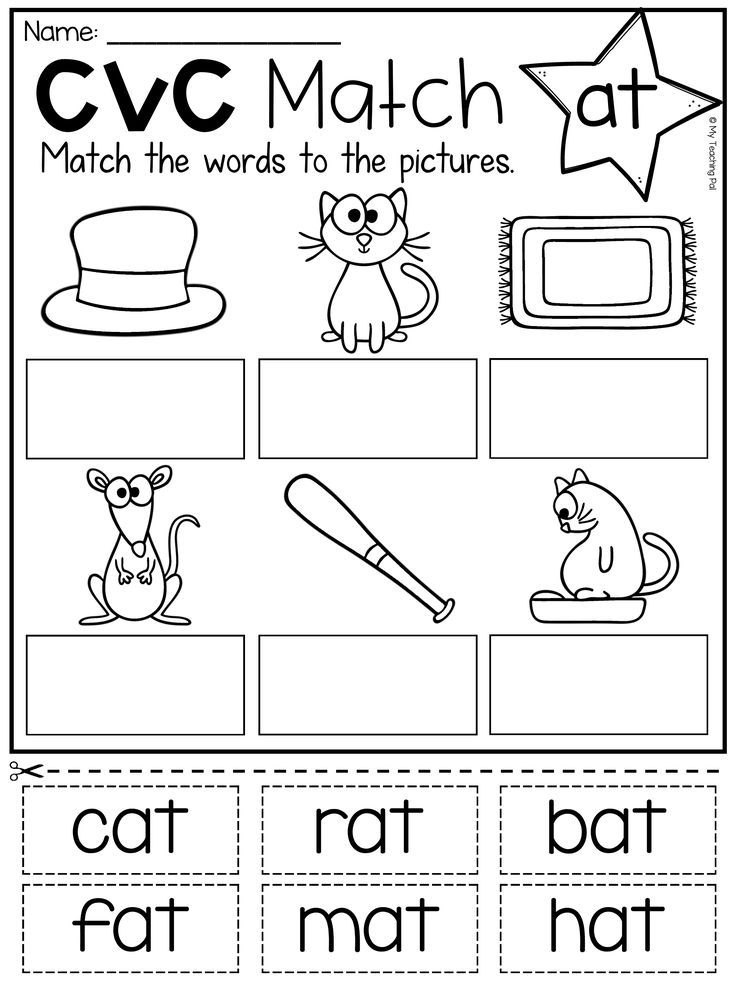
Equipment : mallet.
Contents . The teacher says the words, and the children first they slap, and then show the number of syllables on their fingers. Who wrong, get up.
Option . The teacher says the first syllable words and taps with a hammer the total number of syllables of the intended word. Children must guess which word is intended. The guesser thinks of his word, etc. d.
CHARTS
Didactic task : exercise children in the analysis of the sound structure of words.
Equipment : word schemes, pennant.
Contents . On a board or table, three different word schemes, for example: poppy, sleigh, fox; balls, elk, Ira , etc. Children look at the diagrams and name as many words as possible that fit the proposed scheme. The winning row is awarded with a pennant.
FRIEND AFTER ANOTHER
Didactic task : develop the skill of dividing words into syllables; practice word formation by replacing sounds or syllables.
Contents . The teacher says the word, and the children continue the "chain": each word they come up with must begin with the last sound (or syllable) of the previous word, for example: ball-cancer-cat-tank-pencil; fox-sleigh, Nina-our , etc.
LIVE LETTERS
Didactic task : teach name sounds in order in words of different types without relying on schemes; make up words from letters.
Equipment : cash desk lit.
Contents . The teacher calls to the table which the letters lie, several guys (according to the number of letters in the conceived word) with one row. Taking by letter, the children line up so that the letters turn out word. The “judges” sitting at their desks read the word. Then every child characterizes its sound: vowel - consonant, hard - soft, percussive - unstressed. "Judges" evaluate the answer, correct errors. The next word is children another row.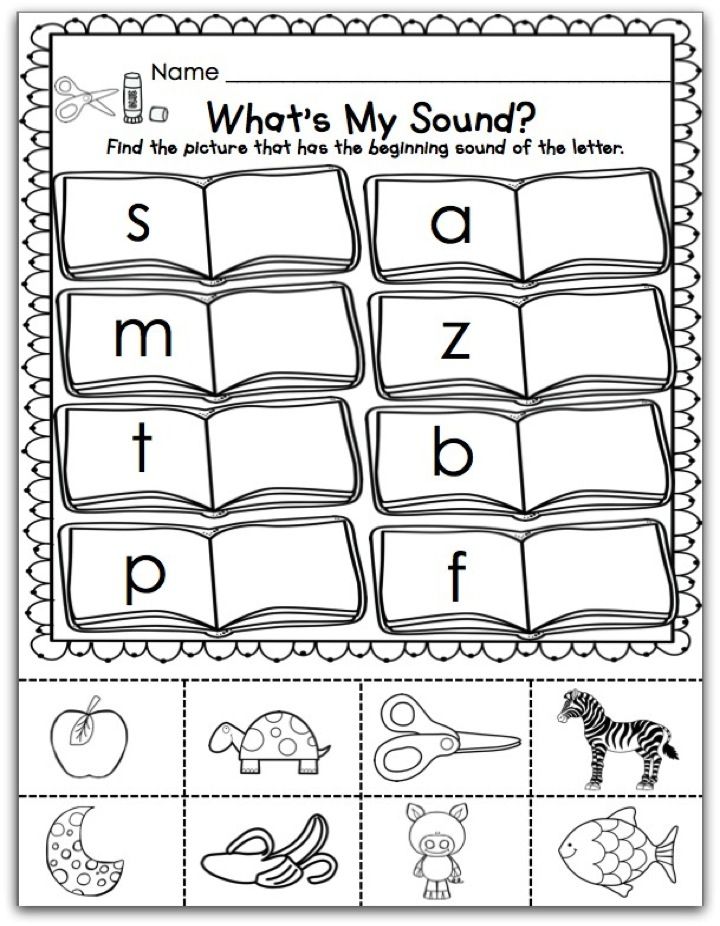
syllables?
Didactic task : reinforce the ability to divide words into syllables.
Equipment: chart tables, indicating the number of syllables in a word (—, +, —|—|—, etc.), toys.
Contents. Tables with houses for words are attached in different places in the class. On a signal, the children toys in their hands take a place at their table - a "house" with the right the number of syllables. The words-names of toys are clearly pronounced. For one toy whose name consists of four or five syllables will not be "house". Its owner remains at his desk. Then the children are given new toys, play resumes. The one who made a mistake continues to play with the same toy.
Game exercises for the development of speech of children aged 5-7 based on phonetic rhythm
Phonetic rhythm is a system of special exercises that combines speech and movement, where the pronunciation of speech material (sounds, syllables, texts) is accompanied by movements (arms, legs, head, body). Phonetic rhythm classes will help to form phonetically correct speech.
Phonetic rhythm classes will help to form phonetically correct speech.
Working with children, it is necessary to take into account the patterns of formation of the child's psyche. One of them is the timing of the maturation and development of mental functions.
In the development of later in terms of the formation of mental processes, one should rely on already mature mechanisms and functions. Such favorable ground for the development of speech are emotions and movements - much more "ancient" properties of the human psyche than speech. It is they that underlie the emergence and development of speech, and they are also most developed in preschoolers. Therefore, it is very important to build developing and corrective work in the direction from movement to speech, which is successfully implemented by phonetic rhythm, which combines three components - emotional, motor and speech - and uses the mechanism of their functional unity.
The development of speech and physical activity are interrelated.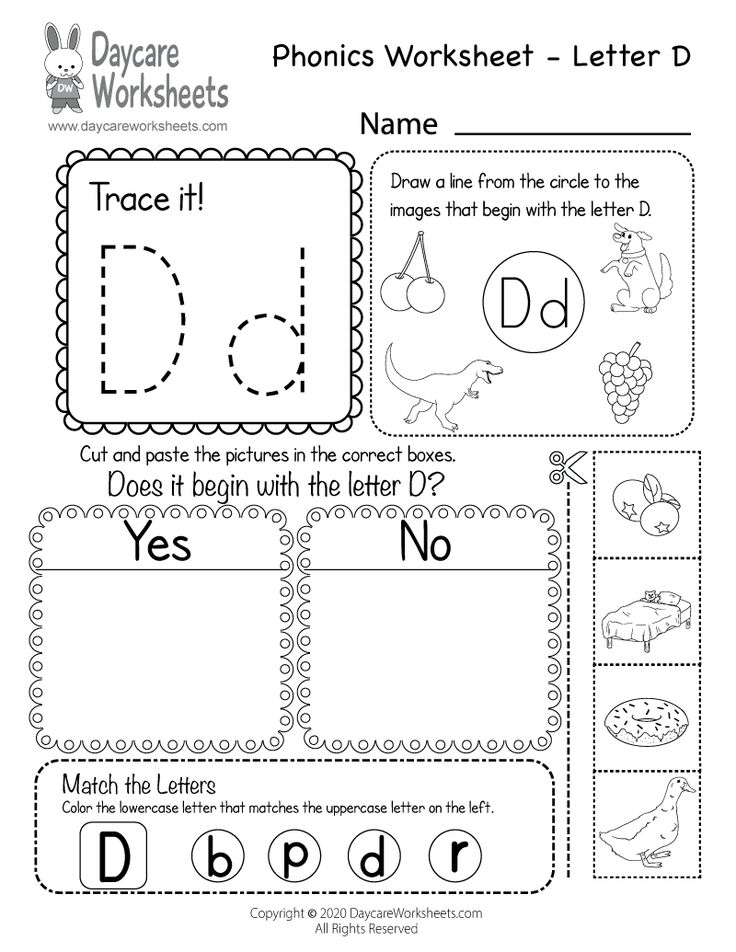 In the book by M.M. Koltsova “A child learns to speak”, an experiment was described that was carried out with healthy children at the age of 1 year 2 months. The kids were divided into two groups. In one, the children moved freely for 20 minutes every day, in the other, they were in the arena all the time. In both groups, with crumbs, classes were conducted daily on the development of speech: achieving onomatopoeia, speech therapists showed the audience how a cow and a dog “speak”. Interestingly, in children who were actively moving, attempts to imitate sounds appeared on the 7th day, and by the 20th day, the kids already accurately reproduced these sounds. In the second group, attempts at onomatopoeia appeared on the 14th day, but did not become clear.
In the book by M.M. Koltsova “A child learns to speak”, an experiment was described that was carried out with healthy children at the age of 1 year 2 months. The kids were divided into two groups. In one, the children moved freely for 20 minutes every day, in the other, they were in the arena all the time. In both groups, with crumbs, classes were conducted daily on the development of speech: achieving onomatopoeia, speech therapists showed the audience how a cow and a dog “speak”. Interestingly, in children who were actively moving, attempts to imitate sounds appeared on the 7th day, and by the 20th day, the kids already accurately reproduced these sounds. In the second group, attempts at onomatopoeia appeared on the 14th day, but did not become clear.
The fact is that the micro movements of our speech apparatus, which we make when pronouncing a certain sound, correspond to certain macro movements of our body. This means that body movements help to work out the most complex movements of the speech apparatus and improve pronunciation, and for children such activities are also very exciting and fun.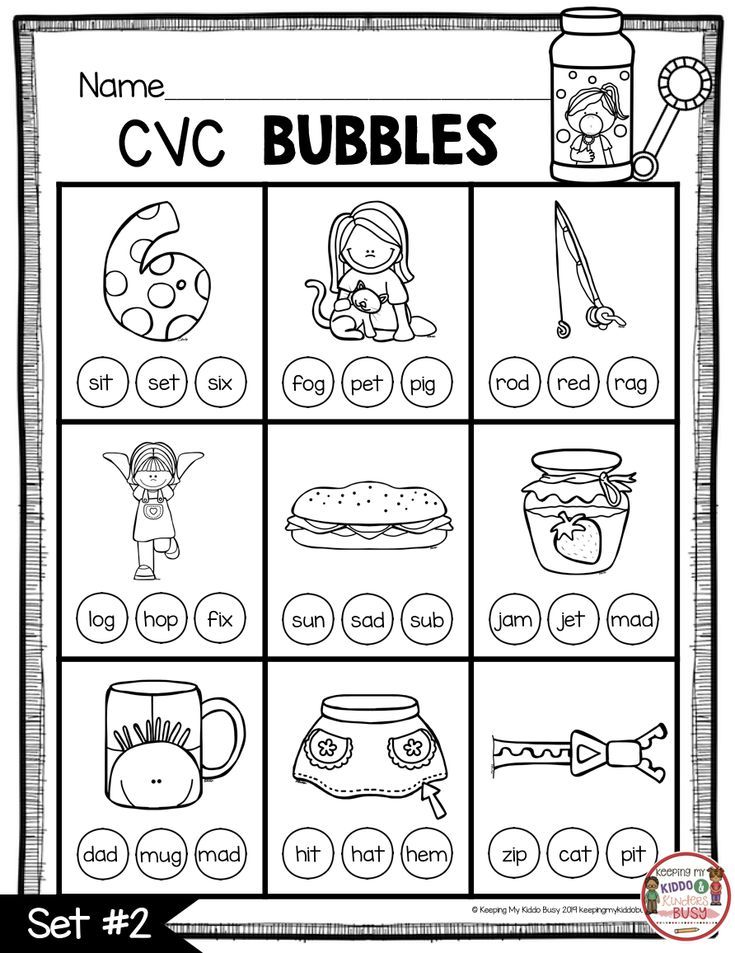 The imitative abilities of babies are mobilized, because they must repeat the movements of an adult. But the main thing is that the auditory, visual and kinesthetic systems work together, in the end, pronunciation improves (even when words are not accompanied by movements, sounds are pronounced correctly). Do I need to explain how useful the movement is for the child?
The imitative abilities of babies are mobilized, because they must repeat the movements of an adult. But the main thing is that the auditory, visual and kinesthetic systems work together, in the end, pronunciation improves (even when words are not accompanied by movements, sounds are pronounced correctly). Do I need to explain how useful the movement is for the child?
At one time, Yugoslav scientists developed a system of motor exercises (where the arms, legs, head and body work), recognized to help in the formation of the correct pronunciation.
For more than a decade this system has been successfully used by teachers of special schools and kindergartens for children with hearing and speech impairments. Phonetic rhythm has long gone beyond the scope of work with hearing-impaired children. The advantages of this method were fully appreciated by speech therapists, and phonetic rhythm took a firm place in their practice. A lively interest in the methodology is shown by teachers of ordinary kindergartens, and teachers of preparatory and primary classes.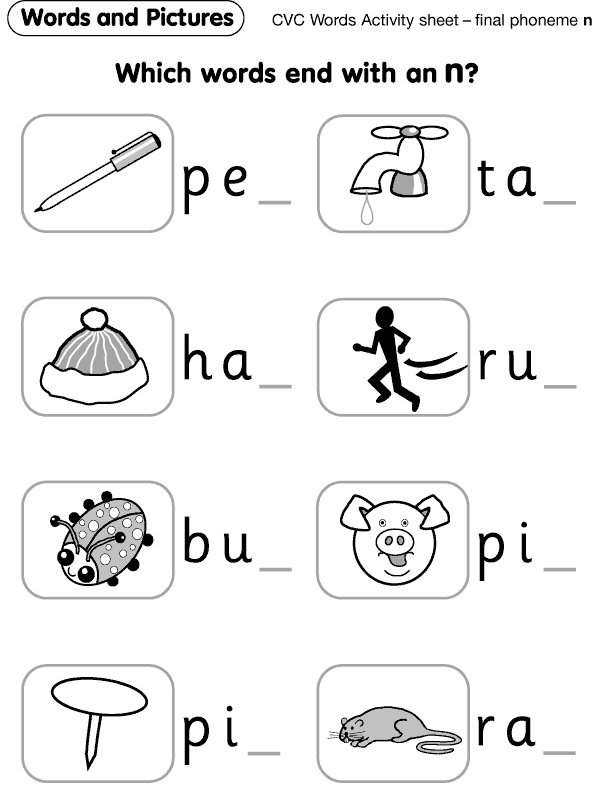
The essence of the method is as follows: children are offered to imitate various types of movements and their combinations. Movements are combined with the pronunciation of sounds, sound combinations, syllables, words with the pronunciation of phrases and short texts.
Phonetic rhythm classes necessarily include and are intertwined with exercises to develop speech breathing, voice power, speech tempo, games that help to gain relaxedness and ease. Children who have problems with pronunciation are too tense, they are characterized by hyperexcitability or, conversely, relaxation. Such babies cannot pronounce sounds that require active exhalation, cannot voluntarily strain or relax the muscles of the speech apparatus.
Let's start our fun game by helping the child learn to alternate relaxation and tension.
"The stone turns into a rope"
First we strain all the muscles of the body, and then we relax.
“Ducks are flying”
We press our hands from the shoulder to the elbow to the body, and wave our hands like wings, rising on our toes as we inhale, and descend as we exhale. Then we sit down, like ducks on the water, freely and gently lowering the “wings”.
"Tiger turns into a cat"
Children depict "tiger claws" (half-bent fingers should be tense), and then dissolve them, turning them into soft paws.
"Frozen - warm up"
All participants are fettered by frost, so much so that not to move, every cell hardens. But spring comes, and people "thaw".
"Good is stronger than evil"
The first task is to depict what an evil sorcerer's face looks like. To do this, you need to grit your teeth and squint your eyes. And then we will make the sorcerer become kinder by softening and relaxing the muscles of his face.
"Frog Pose"
Let's squat down, pushing our knees apart and resting our hands on the floor, "bulging" our eyes, stretching our closed mouth. And then we relax.
And now, listen and speak correctly.
The next step is to get acquainted with vowel sounds.
I would like to note that, while working on the formation of sound pronunciation, work is simultaneously being carried out to develop phonetic hearing, it is important to include tasks that help distinguish syllables and sound complexes by acoustic characteristics (loudness, pitch, duration). Using the system of phonetic rhythms, this work becomes more accessible, understandable and interesting for children. Determining the volume of speech elements helps to improve sensitivity and increase the intelligibility of speech perception in changing acoustic conditions. Such skills are formed in the game "Quiet-loud", in the ability to repeat sound complexes of type au; ia , etc., different in voice strength, correlating the concepts “far - quiet”, “close - loud” ... The basis for mastering the melodic side of speech is the ability to determine the pitch of the sound and its reproduction. The concepts of "high-low" are reinforced with the help of their own voice exercises (singing vowel sounds in a low and high voice) as shown and according to instructions (games "High - low", "Three Bears", "ladder"). The definition of the duration of speech signals is acquired in the process of showing the duration and brevity of the sounds heard, sound imitations, the change in the speed of the child's pronunciation of syllables, words, phrases with hand movements.
Using the system of phonetic rhythms, this work becomes more accessible, understandable and interesting for children. Determining the volume of speech elements helps to improve sensitivity and increase the intelligibility of speech perception in changing acoustic conditions. Such skills are formed in the game "Quiet-loud", in the ability to repeat sound complexes of type au; ia , etc., different in voice strength, correlating the concepts “far - quiet”, “close - loud” ... The basis for mastering the melodic side of speech is the ability to determine the pitch of the sound and its reproduction. The concepts of "high-low" are reinforced with the help of their own voice exercises (singing vowel sounds in a low and high voice) as shown and according to instructions (games "High - low", "Three Bears", "ladder"). The definition of the duration of speech signals is acquired in the process of showing the duration and brevity of the sounds heard, sound imitations, the change in the speed of the child's pronunciation of syllables, words, phrases with hand movements.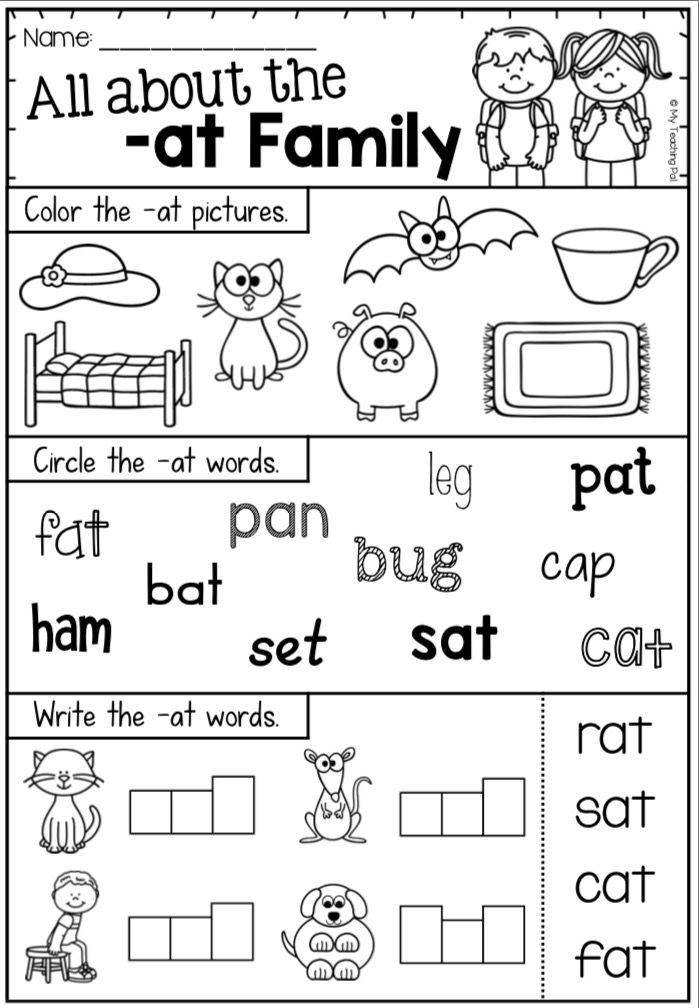 Such exercises contribute to verbal and phrasal stress, the pace of speech, its expressiveness.
Such exercises contribute to verbal and phrasal stress, the pace of speech, its expressiveness.
Sound "A".
Children stretch their arms forward with their palms together. The vowel “ aaaa ..” is pronounced, they smoothly spread their arms to the sides with their palms up.
Intonation of joy.
Sound "O".
Children join their lowered hands in front of them so that the tips of the fingers touch each other. Pronouncing the vowel “ o-o-o ...”, they smoothly raise their hands through the sides up and connect them into a ring above their heads.
Intonation of surprise.
"U" sound.
I.p.: arms bent at chest level, palms turned away from you. Pronouncing the vowel “ u-u-u ...”, the children straighten their arms forward and down with a pressing movement.
Threat intonation.
Sound "E".
I.p.: hands down. Pronouncing the vowel " uh-uh ... ", the children smoothly bend their arms at the elbows, raising their hands to shoulder level.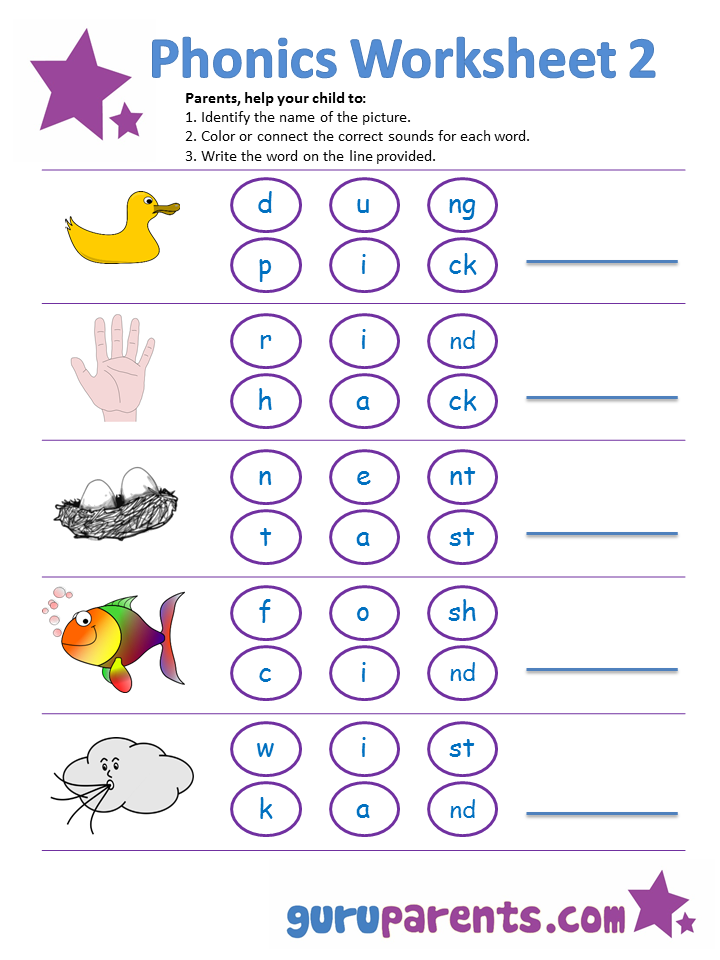 Elbows down (surgeon's posture), while shaking his head with a reproachful tone.
Elbows down (surgeon's posture), while shaking his head with a reproachful tone.
Intonation of reproach.
Sound "I".
I.p .: arms are bent in front of the chest, index fingers point up, the rest are clenched into fists. Saying the vowel “ and-and-and ... ”, the children stand on their toes, raise their hands high above their heads, stretch up.
Intonation of surprise and joy.
The sound "Y".
I.p.: arms bent at chest level, fingers clenched into fists, elbows directed to the sides. Pronouncing the vowel “ s-s-s ... ”, the children with amplification take their arms bent at the elbows to the sides (“stretch the spring”).
The sound "Y" is pronounced angrily.
Usually by the age of 4-5 years the pronunciation is practically corrected, but it happens that the problem lasts much longer. Using phonetic rhythm exercises, you can help your child quickly master difficult sounds, and then consolidate the progress made.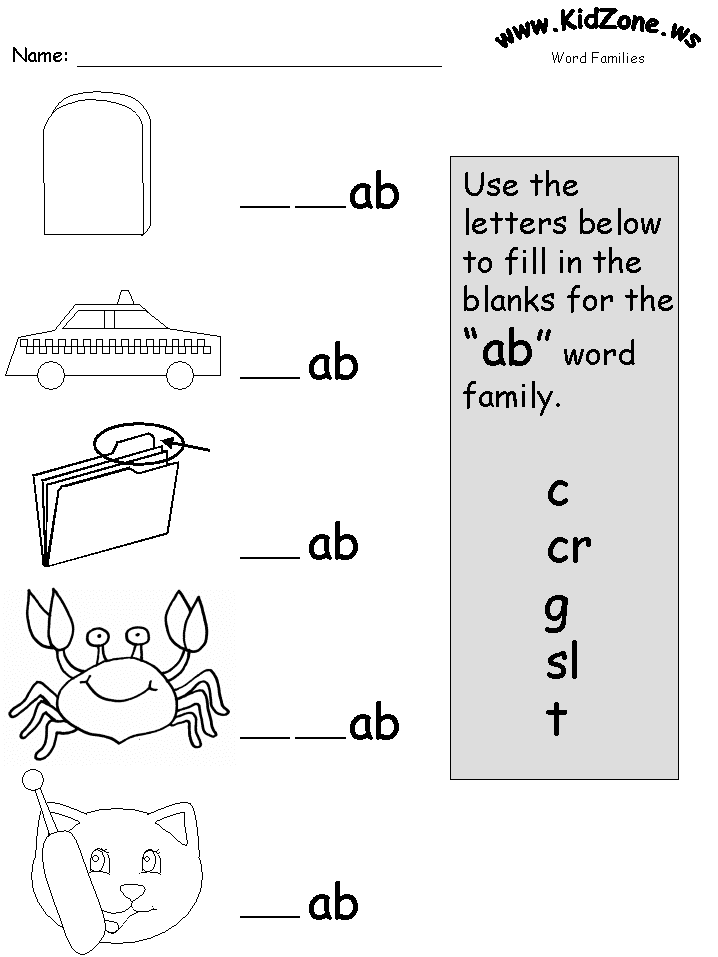
In addition, such speech games contribute to the development of auditory attention and memory (“Remember and repeat”), the formation of the primary skill of sound analysis (“Guess how many sounds I uttered. Sing the first sound; second.).
Let's try to "tame the unyielding" with the help of gymnastics.
Sound "C"
"Inflate the balloon"
Bring the fingers to the lips, clenched into a pinch. Saying briefly and rhythmically “ ssss ... ”, the children smoothly raise their hands up and connect them to the face above their heads (imitate inflating a balloon).
Z sound.
“Catching mosquitoes”
Option 1. Saying the sound “ zss… ”, children imitate catching mosquitoes.
Option 2. Children stand in pairs facing each other. The arms are bent at the elbows. Babies touch each other's palms. Saying " z-z-z ... ", they alternately and rhythmically bend and unbend their arms with a slight pressure on the partner's palm, making movements similar to the movement of the pedals. This movement can be used to pronounce the syllables -for-. –zo-, -zu-, -zy- .
The sound "Ts"
While pronouncing the sound "Ts", the children put their index finger to their lips, as if calling for silence.
Sound “Sh”.
Option 1. Saying “ shhhhh… ”, quickly rub your hands together.
Option 2 . The ball burst.
Children join hands in a ring over their heads, depicting a balloon. They clap their hands above their heads (the balloon burst), then pronouncing “ shhhh ... ”, slowly and smoothly lower their hands and join them into a lock at chest level (the ball is blown away).
Sound "Ж".
I.p.: hands clenched into fists, crossed in front of the chest. Saying " F-f-f... ", children make quick, small, trembling movements with their hands. Repeat the movement with extended fingers.
Sound "Sch".
"Car brushes"
I.p.: arms bent at chest level, elbows down, palms away from you.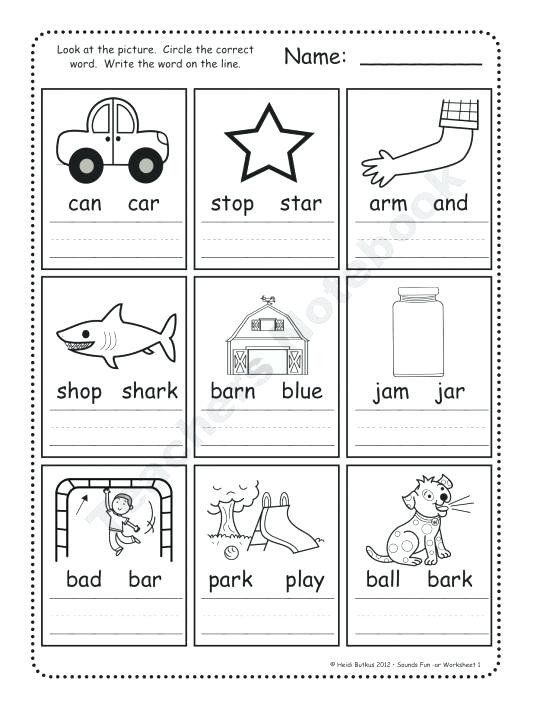 Pronouncing the sound “Sch” briefly and repeatedly, the children rhythmically move their hands to the right and left, imitating the work of car brushes..
Pronouncing the sound “Sch” briefly and repeatedly, the children rhythmically move their hands to the right and left, imitating the work of car brushes..
The sound “L”.
Flashlights.
Saying “ la-la-la ”, the children rotate their hands over their heads, making “flashlights”. The same is used when pronouncing syllables –lo, -lu-, -ly- .
"Tumblers"
I.p.: feet shoulder-width apart, hands in the "flashlight" position. Children sway left and right, shifting from foot to foot and sing the syllables -la-, -la-, -la-, changing the pitch of the voice for each syllable. Like walking up and down stairs. The exercise is repeated for syllables – lo-, -lu-, -ly- .
Sound "P".
“Motors”
I.p.: pronouncing “ rrr-… ”, children make vibrating movements with fists. The movements are fast, small, tense.
Regular speech lessons with the use of game exercises based on phonetic rhythm showed that:



